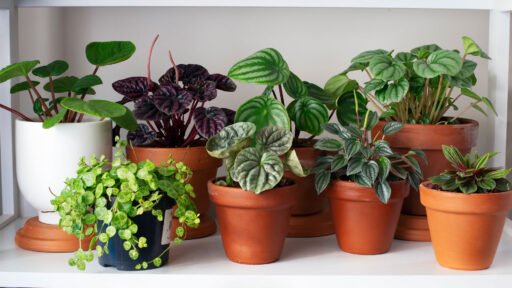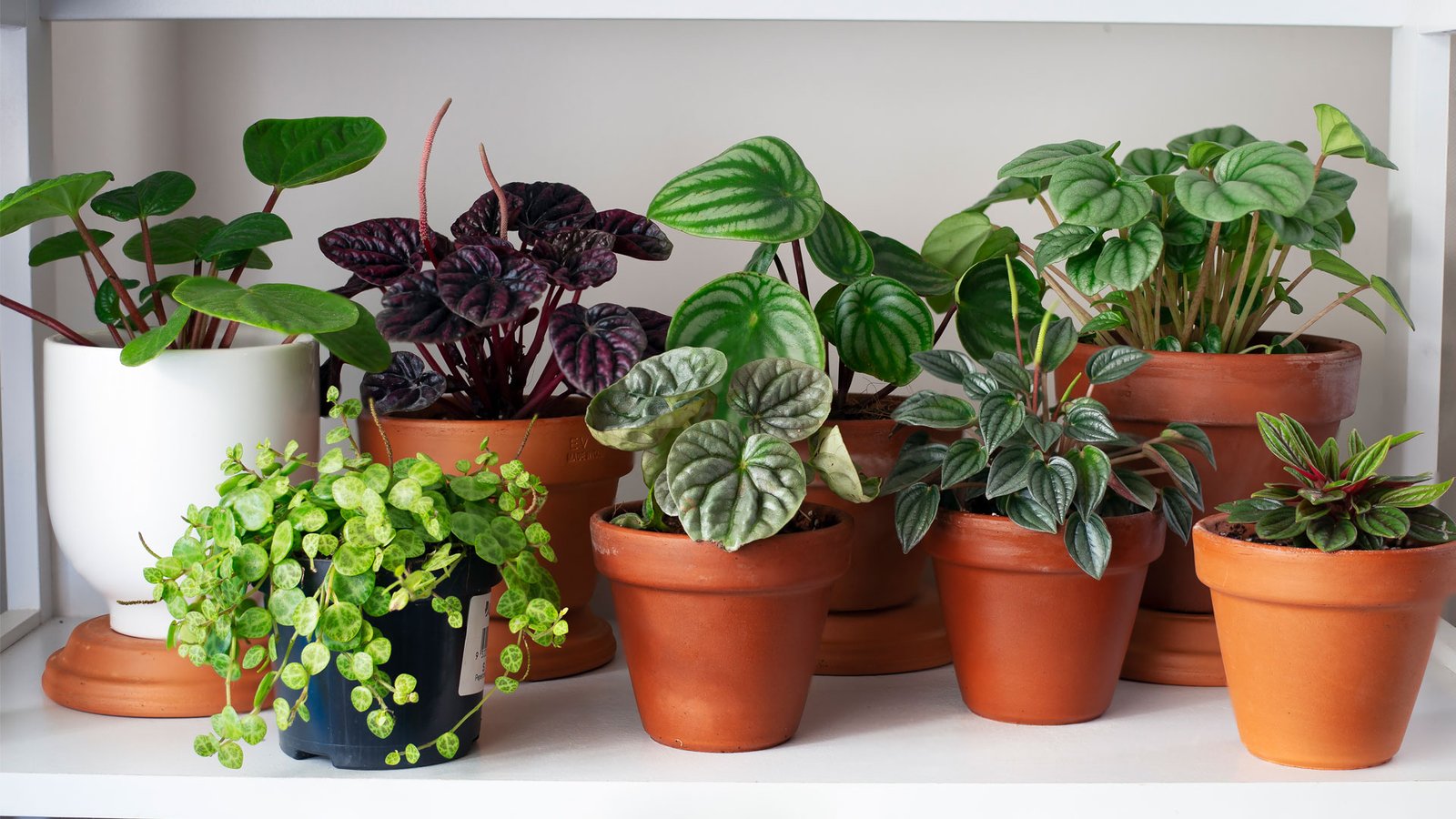Winter can be tough for people who love houseplants. The shorter days, dry air, and colder weather can affect your indoor plants. But if you take the right steps and make some changes, you can keep your plants happy and growing all winter long. Here are seven tips to help your plants do well during the winter months, designed to be easy for plant lovers to find.
Hack 1: How to Water Houseplants in Winter
1. Watering too much is a big mistake people make when taking care of plants in winter. During the colder months, most houseplants need less water since they grow more slowly.
2. To water your plants better, first check if the soil is dry by feeling the top inch. Only water if it feels dry. Also, use water that’s at room temperature so you don’t hurt the roots. Water less often, but make sure to give them a good soak when you do.
Pro Tip: Using a moisture meter can help you figure out exactly how much water your plants need.
Hack 2: Best Grow Lights for Indoor Plants
1. With shorter days and less sunlight, your plants might have a hard time making food through photosynthesis. It’s really important to make sure they get enough light.
2. To help your plants, try moving them closer to windows that face south or west. Make sure to clean your windows often to let in as much natural light as possible. If your home doesn’t get enough sunlight, think about getting some grow lights.
Pro Tip: To make sure your plants get enough light, turn them around every week so that all sides can soak up the sun.
Hack 3: Best Humidifiers for Indoor Plants
Indoor heating can make the air dry, which isn’t good for your houseplants. It’s important to raise the humidity to keep them healthy.
To increase humidity, you can use a humidifier to keep the levels between 40-60%. Another idea is to group your plants together so they can help each other stay moist. You can also put a tray with water and pebbles under your pots, but make sure the pots aren’t sitting in the water directly.
Pro Tip: Water mist plants lightly and only in the morning to avoid problems with fungus.
Hack 4: Ideal Temperature for Indoor Plants in Winter
Cold drafts and hot air can really upset your plants, causing them to lose leaves or get brown edges.
To help your plants thrive, try not to put them close to windows or doors that let in chilly air. Also, steer clear of putting them near radiators, heaters, or fireplaces. It’s best to keep the room temperature steady between 65-75°F.
Pro Tip: To keep your home comfortable, put weather stripping or draft blockers on your doors and windows. This helps stop cold air from coming in and keeps the temperature steady.
Hack 5: How to Clean Indoor Plant Leaves
Dust on leaves can prevent sunlight from reaching them, which makes it hard for plants to make their food. Cleaning your plants is a simple way to help them stay strong and healthy.
To clean the leaves, you can wipe them softly with a wet cloth. For plants that have fuzzy or fragile leaves, use a soft brush. If you have tougher plants, you can rinse them off in the shower with warm water.
Pro Tip: Dusting is a good chance to check for bugs or any signs of sickness.
Hack 6: How to Fertilize Indoor Plants During in Winter
During winter, many houseplants slow down and need less food, so giving them too much fertilizer can be bad for them.
To take care of your plants in winter, try to fertilize them only every 6 to 8 weeks, or not at all. If you notice your plants are still growing, you can use a weaker liquid fertilizer. Also, it’s best not to fertilize plants that you just repotted.
Pro Tip: Resume your usual fertilizing routine in the spring when plants start to grow more.
Hack 7: How to Get Rid of Spider Mites on Indoor Plants
Cold weather can help pests like spider mites, aphids, and mealybugs to live well inside your home.
To keep your plants safe, check them often for any signs of pests, like webs, sticky spots, or leaves that look different. If you find any infested plants, move them away from the others right away to stop the pests from spreading. You can use natural solutions like neem oil or insecticidal soap to get rid of the pests.
Pro Tip: It’s a good idea to keep new plants separate for a few weeks before putting them in with your other plants.
Bonus Tips for Thriving Houseplants in Winter
1. Only repot your plants if you have to, since winter isn’t the best time for it. Plants are usually resting and not as strong during this season.
2. Use pots made of ceramic or terracotta because they keep the heat in better than plastic pots do.
3. If you’re just starting with plants, go for easy ones like snake plants or pothos, as they don’t need much care.
Taking care of your houseplants during winter can be easy if you know what to do. You can help your plants grow well by changing how often you water them, making sure they get enough light, and keeping the humidity just right. It’s also important to check for bugs, not give them too much fertilizer, and shield them from tough weather. By following these simple tips, your indoor plants can stay healthy and beautiful throughout the winter season.
For more plant care tips and tricks, visit reinnews.





